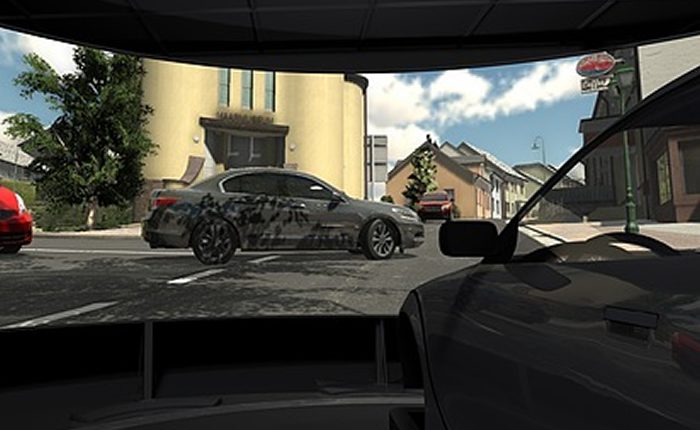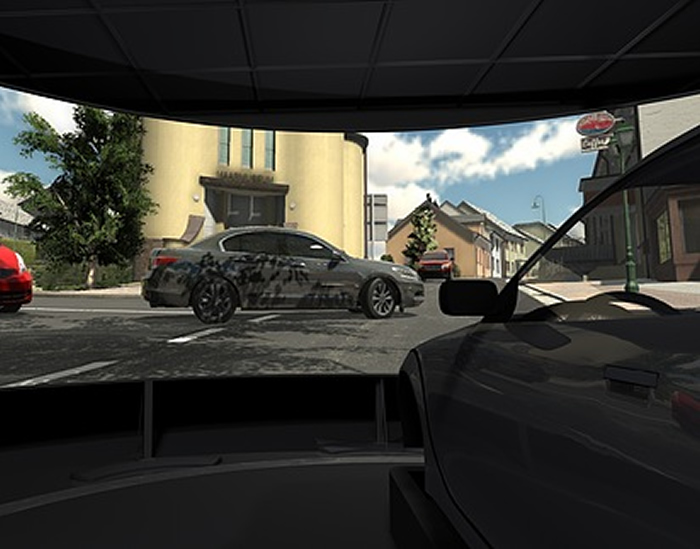Vehicle dynamics simulation software tests emissions
The software, developed by rFpro for DIL (Driver In the Loop) simulators, creates such a high level of realism (immersion) that drivers behave in a representative way, giving manufacturers confidence in a car’s emissions performance long before prototype testing can begin. Which means vehicle dynamics simulation software could cut the cost for vehicle manufacturers of meeting the new RDE (Real Driving Emissions) tests.
The need to ensure, in advance, that a vehicle will achieve the desired results during RDE testing threatens to add significant additional cost to the typical development program. Recent high profile events are putting pressure on the industry to adopt more representative emissions and economy testing sooner. Quantifying the influence of driving habits on emissions is difficult and time consuming using on-road testing, because of the variation in traffic conditions and weather from test to test. Understanding driver influenced variables, such as poor throttle modulation when cruising, or failure to anticipate traffic slowing down ahead, will be central to optimizing the calibration of the vehicle.
“The introduction of RDE tests adds another level of complexity to vehicle testing, with emissions influenced by driving style and road conditions,” explained rFpro’s Technical Director, Chris Hoyle. “The ability to evaluate the vehicle’s behavior under repeatable laboratory conditions using drivers of different abilities and with different habits, in order to maximize confidence ahead of approval testing, can provide a massive saving in cost and time. One of our customers estimates that over 30% of the costs incurred in developing driving attributes could be saved by frontloading the engineering activity on a DIL simulator with subjective feedback.”
Simulator software has already extended the use of driving simulators into the realm of meaningful ride and handling development; now rFpro is helping to evaluate how different drivers influence the emissions and economy of a vehicle under real road conditions.
“We have customers linking driving simulators to both engine and drivetrain dynos, enabling highly repeatable tests to be conducted with a human driver in control,” said Hoyle. “This allows vehicle manufacturers to identify and isolate those aspects of human driving which differ significantly from computer controlled operation, leading to improved accuracy in predicting how the vehicle will ultimately perform in an RDE test. The low variance between results allows statistical methods to be applied and saves time and cost compared to real car testing on public roads or at test facilities.”
Historically, driving simulators have reacted too slowly to driver input to create the realism necessary to trigger driver behavior that is fully representative of ‘real-world’ driving. When used with the latest generation of lighter motion platforms with faster responses, rFpro’s software provides unprecedented realism through the use of lag-free high resolution graphics and finely detailed road surface models including cambers, gradients, bumps and potholes.



Comments are closed, but trackbacks and pingbacks are open.